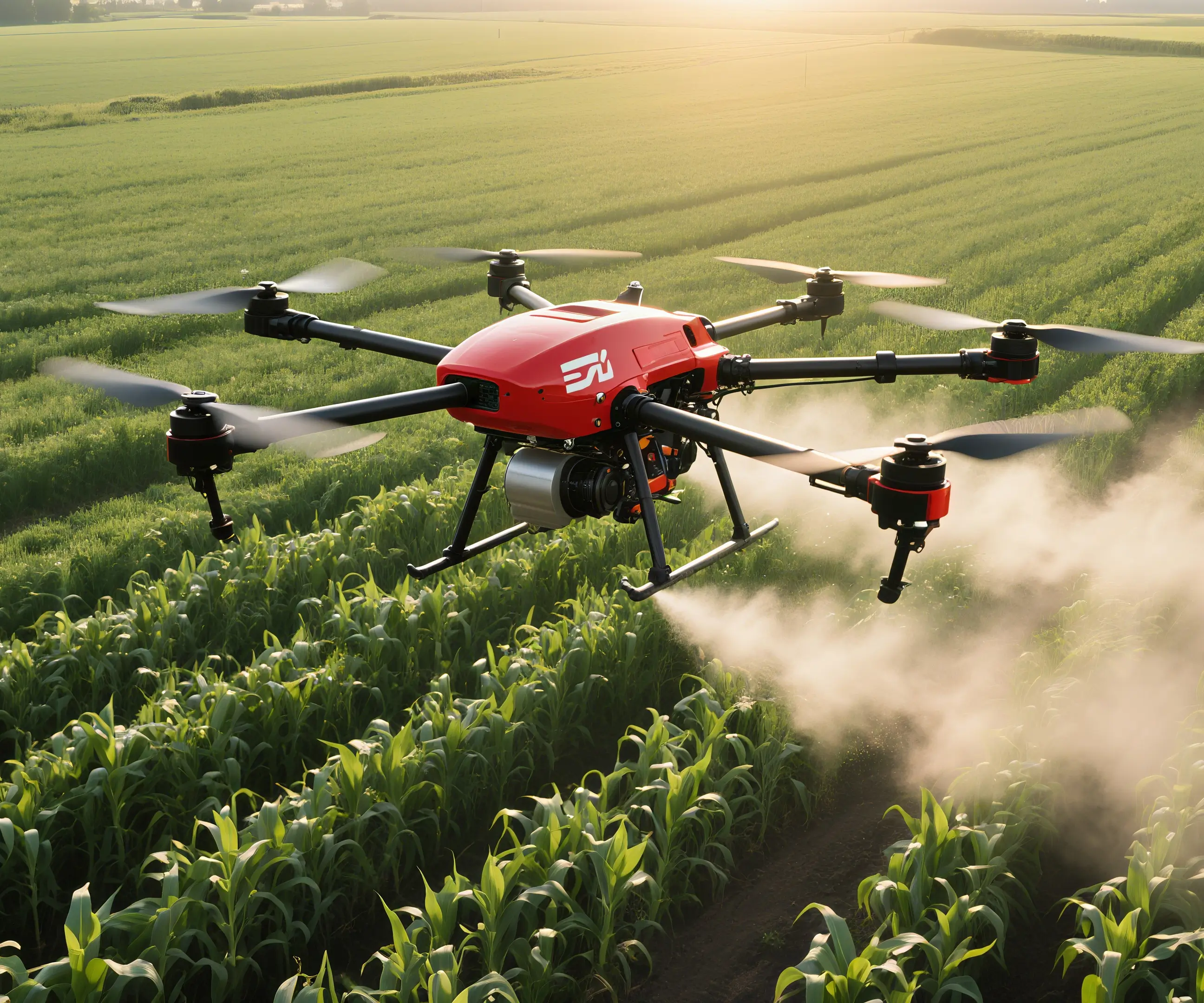Certainly! Here is the first part of a captivating soft article about "gear motor," formatted as you requested:

Unveiling the Hidden Hero of Modern Machinery: Gear Motors
In the intricate dance of modern technology, countless components work behind the scenes to keep the world turning smoothly. Among these unsung heroes are gear motors — compact yet mighty devices that translate electrical energy into controlled mechanical motion. Whether in robotic arms assembling automobiles, conveyors in packaging plants, or precise medical equipment, gear motors are the backbone of countless automation processes.
But what exactly makes gear motors so indispensable? To understand this, it’s essential to break down their core purpose: they combine an electric motor with a gear reducer (or gearbox) to produce a powerful, reliable, and adjustable torque suited for demanding applications. Think of a gear motor as the muscle and the brain—delivering strength and precision in one compact package.
The Anatomy of a Gear Motor
A typical gear motor consists of three key parts:
Electric Motor: Usually a DC or asynchronous AC motor that provides the rotational force. It’s the energy source that initiates movement. Gearbox or Gear Reducer: This component reduces the motor’s high-speed rotation into a lower speed with a higher torque. It involves a series of gears—such as spur, helical, planetary, or worm gears—carefully arranged for optimal performance. Output Shaft: The part that delivers the controlled rotational motion to the machinery or system it powers.
This synergy of parts results in a device capable of delivering high torque at low speeds—a perfect fit for tasks that require heavy lifting, precise positioning, or sustained force.
Advantages of Gear Motors
Let’s look at why gear motors are favored across countless sectors:
High Torque in Compact Space: Their integrated design ensures large torque output without the bulk. Precise Control: Gear ratios allow for accurate speed and position control, critical in robotics and automation. Energy Efficiency: Properly designed gear motors minimize power loss, reducing operational costs. Durability and Reliability: High-quality gearboxes and motors are built to withstand tough conditions and extended use, making them a dependable choice. Versatility: Available in many configurations, gear motors can be customized for specific needs, whether high-speed operations or heavy-duty tasks.
Applications Driving Innovation
Gear motors are key players in many innovative sectors:
Robotics and Automation: Enabling precise movements in robotic arms, autonomous vehicles, and assembly lines. Manufacturing Machinery: Powering conveyors, packaging equipment, and CNC machines. Home and Consumer Products: From motorized blinds to advanced kitchen appliances. Medical Devices: For example, in surgical robots requiring pinpoint accuracy. Renewable Energy: Such as wind turbines where gearboxes help convert mechanical energy into electrical power efficiently.
The Evolution of Gear Motors
The design and manufacturing of gear motors have matured considerably, aligning with technological advances. Modern gear motors incorporate advanced materials for gears to reduce wear and noise, while integrated sensors help monitor performance and predict maintenance needs. Innovations like brushless motors and smart control systems make gear motors more adaptable, energy-efficient, and capable of remote operation.
As industries lean more towards automation, the demand for versatile, reliable gear motors continues to surge. The ability to customize gear ratios and motor specifications makes gear motors suitable for an even broader range of applications, fueling progress in sectors like aerospace, automotive, and electronics.
Choosing the Right Gear Motor
Selecting the appropriate gear motor isn’t just about matching specifications; it’s about understanding the demands of the application. Factors such as load capacity, operating environment, space constraints, and desired control precision all come into play. Manufacturers now offer extensive catalogs featuring gear motors that cater to diverse needs, from miniature devices to heavy-duty industrial units.
In summary, gear motors stand at the confluence of mechanical engineering and electrical innovation. Their ability to convert high-speed, low-torque electrical energy into low-speed, high-torque motion makes them indispensable in the machinery landscape. As technology continues to evolve, so too will gear motors – becoming smarter, more efficient, and more adaptable than ever before.
Kpower has delivered professional drive system solutions to over 500 enterprise clients globally with products covering various fields such as Smart Home Systems, Automatic Electronics, Robotics, Precision Agriculture, Drones, and Industrial Automation.




































